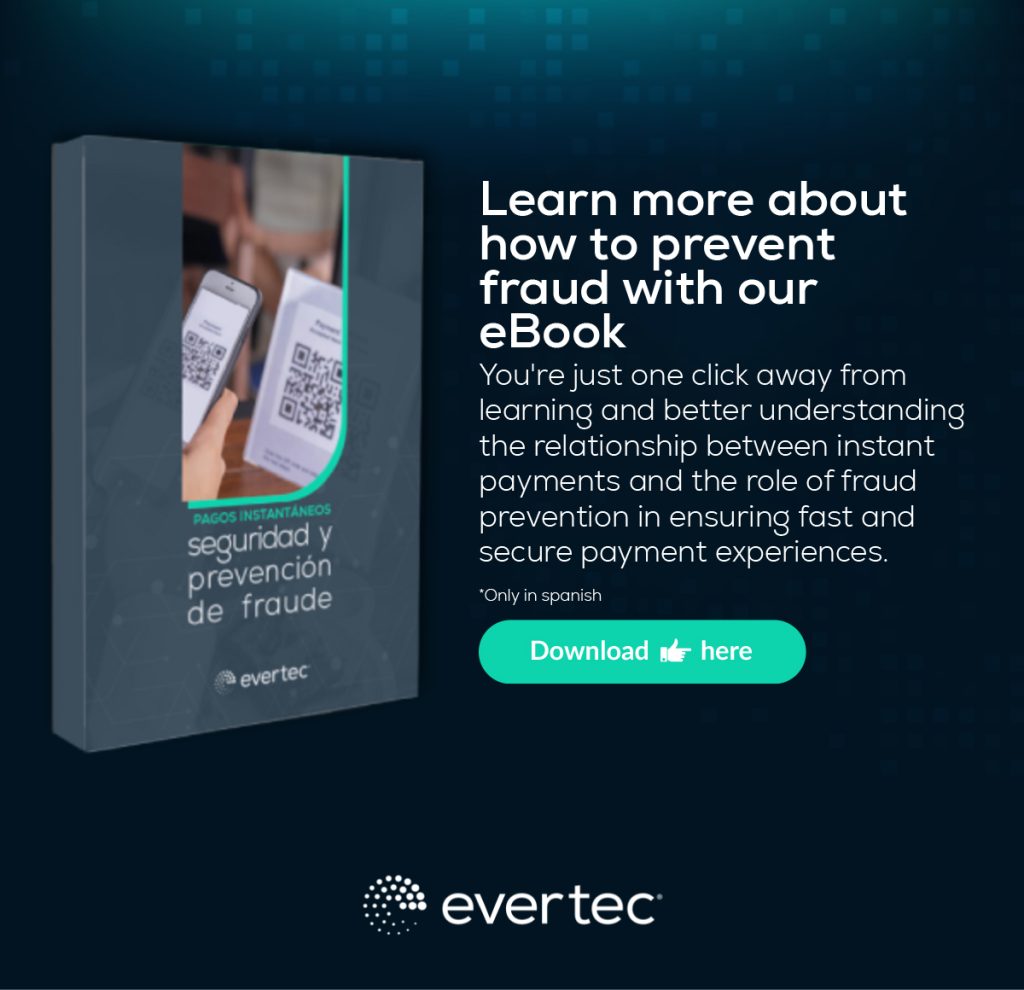Factors such as interoperability, exchange, standards compliance, and fraud monitoring play a relevant role when it comes to thinking about implementing acquisition as part of your future strategy.
The business of acquiring
There is a symbiotic relationship between issuance and acquisition: for there to be issuance, there must be acceptance, for there to be acceptance, issuance must occur. Acquiring is defined as the acceptance of means of payment, and acquirer, as the institution that accepts payments on behalf of a company. Said payments are made in both card-present and non-present environments. Traditionally, card-present transactions are made through a point of sale (POS) and, more recently, through smartphones or QR codes. On the other hand, the main channel for generating card-not-present transactions is e-commerce (electronic commerce).
An acquiring institution is, in most cases, the link between merchants and international card brands. This institution manages the different contracts with businesses, general conditions for accepting payments, forms and terms of settlement, commission for the service, and monthly POS rent amounts, among other aspects. The motivations for entering this business can be diverse: establishing direct relationships with businesses, earning commission margins, performing bank cross-selling, and supporting the issuing business, among others; therefore, being clear about the business objective is essential.
There are as many acquisition models as there are countries in Latin America, some more complex than others, where various parties intervene in the integration and processing of payments.
Certain countries have acquisition networks, some established for many years and still in operation today. In other markets, it is the banks who perform the tasks of an acquirer directly. Countries like Chile and Argentina are in full transition of their acquisition model and have started growing from one or two acquisition networks to a more competitive model, both in new technologies and in services directed to different market segments —very similar to what happened in Brazil a few years ago. This is a dynamic business in which the reality of each country determines the model. Therefore, the acquirer must establish a very clear strategy.
The role of the acquiring processor
One of the most complex issues in the world of acquisition, and one of the decisions that tip the balance in choosing an acquiring processing provider, is the regulatory and mandatory trademark updates in processing systems. In the case of an acquiring processor, the processor must comply with these updates. Otherwise, the institution must carry out internal efforts and constantly absorb these changes into its own systems.
Another important aspect is related to the size of the investments required to become an acquirer. Hiring a sizable processor with scalability, such as Evertec, allows the acquirer to make the right decision, supported by the experience, infrastructure, certifications, and connections required to meet industry standards.
Digital payments have received a huge and unstoppable boost in recent years. Acquirers must be prepared, and their processors must offer the tools to always stay on top of that wave. The participation of issuers and, in some countries, governments, is essential to the implementation of measures that promote and encourage new means of payment. This is one of the reasons why some Asian countries have been successful in the digital transformation. Since the government has great influence in some of these countries, it helps encourage the switch from physical to electronic money and promotes the use of electronic transactions, prompting a faster evolution of the ecosystem.
Beyond commissions, value-added services
The acquirer has the ability to retain affiliate business which is not subject to the commission levied. In a competitive market, commissions take a back seat, and value-added services take on added relevance. These can be associated with basic issues, such as efficiency in field management, and even more complex ones, such as fraud management and consulting. This is where the merchant base segmentation comes into play, knowing the needs of each segment and having a processing partner that supports the acquirer with the appropriate tools for each one. A small store might need field services, like hubs, phone support, or easy-to-read statements; while sophisticated businesses or large retail stores might need direct connections, accounting system integration, 24×7 technology support, or robust fraud monitoring tools and assistance. This is where we circle around to the original point and the importance of defining your objective as an acquirer, fine-tuning the strategy for different segments, and establishing the services that will provide more value and security for customers. A processing partner like Evertec makes differentiation possible.
Article by:
Daniel Barba / Vice President of Acquisition and Processing for Latin America


